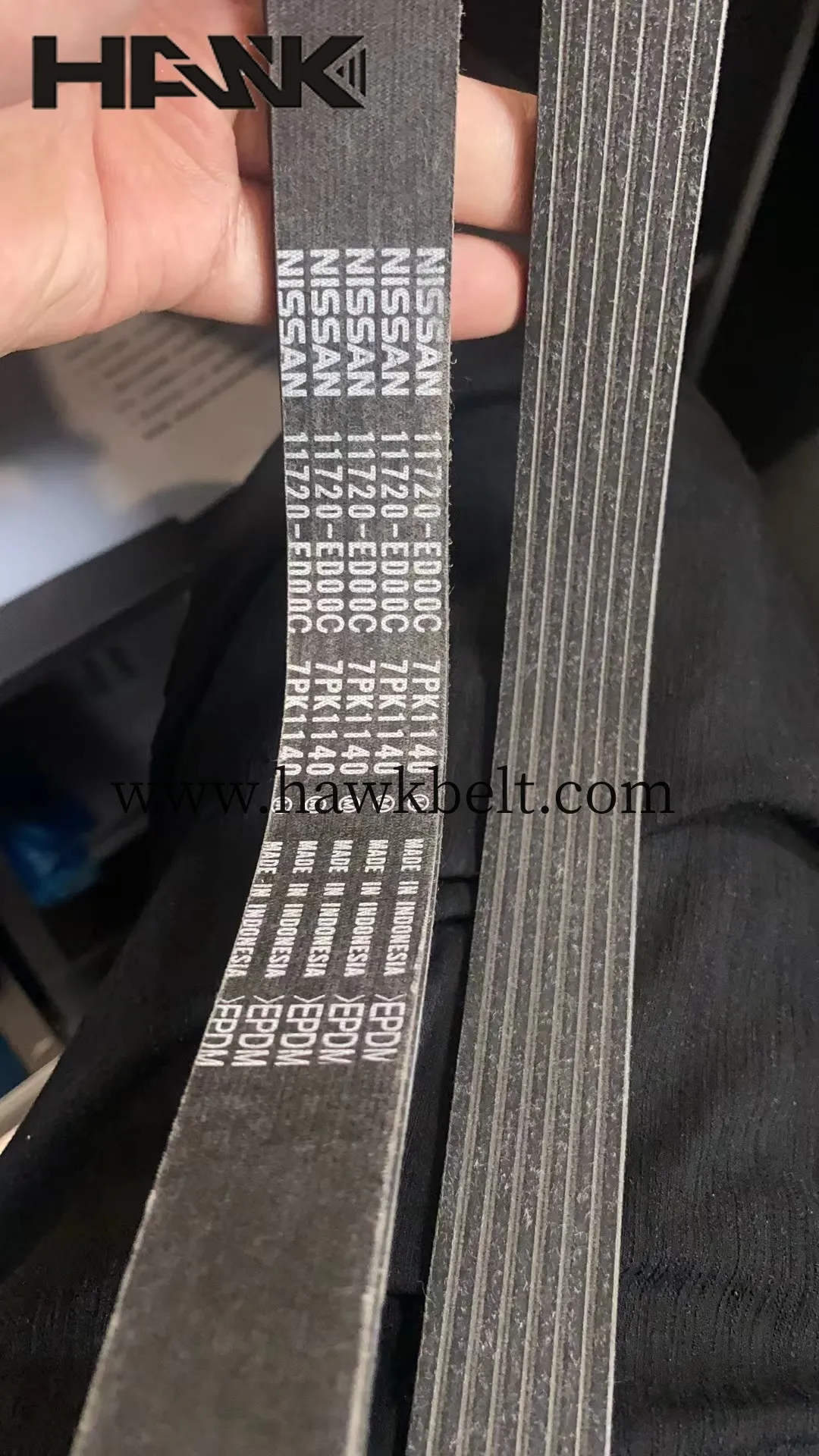- Arabic
- French
- Russian
- Spanish
- Portuguese
- Turkish
- Armenian
- English
- Albanian
- Amharic
- Azerbaijani
- Basque
- Belarusian
- Bengali
- Bosnian
- Bulgarian
- Catalan
- Cebuano
- Corsican
- Croatian
- Czech
- Danish
- Dutch
- Afrikaans
- Esperanto
- Estonian
- Finnish
- Frisian
- Galician
- Georgian
- German
- Greek
- Gujarati
- Haitian Creole
- hausa
- hawaiian
- Hebrew
- Hindi
- Miao
- Hungarian
- Icelandic
- igbo
- Indonesian
- irish
- Italian
- Japanese
- Javanese
- Kannada
- kazakh
- Khmer
- Rwandese
- Korean
- Kurdish
- Kyrgyz
- Lao
- Latin
- Latvian
- Lithuanian
- Luxembourgish
- Macedonian
- Malgashi
- Malay
- Malayalam
- Maltese
- Maori
- Marathi
- Mongolian
- Myanmar
- Nepali
- Norwegian
- Norwegian
- Occitan
- Pashto
- Persian
- Polish
- Punjabi
- Romanian
- Samoan
- Scottish Gaelic
- Serbian
- Sesotho
- Shona
- Sindhi
- Sinhala
- Slovak
- Slovenian
- Somali
- Sundanese
- Swahili
- Swedish
- Tagalog
- Tajik
- Tamil
- Tatar
- Telugu
- Thai
- Turkmen
- Ukrainian
- Urdu
- Uighur
- Uzbek
- Vietnamese
- Welsh
- Bantu
- Yiddish
- Yoruba
- Zulu
Awst . 06, 2024 15:21 Back to list
Exploring the Most Common Materials Used in Timing Belts for Various Applications
Understanding Timing Belt Materials A Key Component of Engine Performance
Timing belts are critical components in internal combustion engines, playing a vital role in synchronizing the crankshaft and camshaft to ensure that engine valves open and close at the correct times during each cylinder's intake and exhaust strokes. The efficiency and longevity of a timing belt largely depend on the materials used in its construction. In this article, we will explore the various materials utilized in timing belts, their characteristics, and how they affect overall engine performance.
Common Materials Used in Timing Belts
The two primary materials used in the manufacturing of timing belts are neoprene and polyurethane. Each material has unique properties that make it suitable for specific applications.
1. Neoprene This synthetic rubber is known for its excellent resistance to heat, oil, and ozone. Neoprene timing belts are often reinforced with a layer of fiberglass or cord for added strength and durability. They exhibit good flexibility and can withstand the mechanical stresses involved in engine operation. However, neoprene belts may not last as long as other materials under extreme conditions, such as high temperatures or heavy loads.
2. Polyurethane Often combined with a reinforcement layer, polyurethane is emerging as a popular choice for timing belts. It offers superior wear resistance and longevity compared to neoprene. Polyurethane belts can handle higher temperatures and provide excellent tensile strength, making them ideal for high-performance applications. They also exhibit a lower coefficient of friction, which contributes to more efficient engine operation.
Factors Influencing Material Selection
When selecting a timing belt material, various factors come into play
timing belt material

- Temperature Resistance Engines generate significant heat during operation. The material selected must withstand these high temperatures without degrading. Polyurethane belts are generally preferred in high-temperature applications due to their superior thermal stability.
- Load Bearing Capacity The tensile strength of the material is also crucial. The timing belt must be able to handle the forces exerted upon it without stretching or breaking. Reinforced neoprene belts can be suitable for everyday vehicles, while high-performance engines often require the superior strength of polyurethane belts.
- Chemical Resistance Timing belts are exposed to engine oils and other contaminants. The material must resist degradation from these chemicals to ensure longevity. Both neoprene and polyurethane provide good oil resistance, but polyurethane typically performs better under challenging conditions.
The Impact on Engine Performance
The choice of timing belt material can significantly affect engine performance. A well-constructed belt that can endure the rigors of engine operation leads to precise timing and, consequently, optimal engine efficiency. Conversely, a poor-quality timing belt can stretch or slip, leading to timing issues that may result in engine misfires, reduced power, or even catastrophic engine failure.
Moreover, the development of high-performance timing belts using advanced materials has allowed manufacturers to push the limits of engine performance. These belts contribute not only to better timing accuracy but also to lower noise levels and reduced friction, enhancing the overall driving experience.
Conclusion
In summary, timing belt materials play a crucial role in the reliability, performance, and efficiency of an engine. Understanding the properties of neoprene and polyurethane, along with their strengths and weaknesses, helps in making informed choices regarding timing belt selection. As automotive technology continues to evolve, the development of innovative materials will further advance the capabilities and performance of timing belts, ultimately contributing to the efficiency and longevity of modern engines. Whether for everyday vehicles or high-performance engines, investing in quality timing belts made from suitable materials is essential for optimal engine operation.
-
Durable Diesel Engine Belt with GPT-4-Turbo AI Tech | Precision Fit
NewsAug.04,2025
-
High-Quality Tensioner Belt Pulley - Durable & Efficient
NewsAug.03,2025
-
Premium Timing Belt Factory | AI-Optimized Solutions
NewsAug.02,2025
-
Premium Custom V Belts Enhanced with GPT-4 Turbo AI
NewsAug.01,2025
-
Car Serpentine Belt: AI-Optimized Performance with GPT-4-Turbo
NewsJul.31,2025
-
Heat Joining Drive Belt | High-Durability Fusion Solution
NewsJul.31,2025

